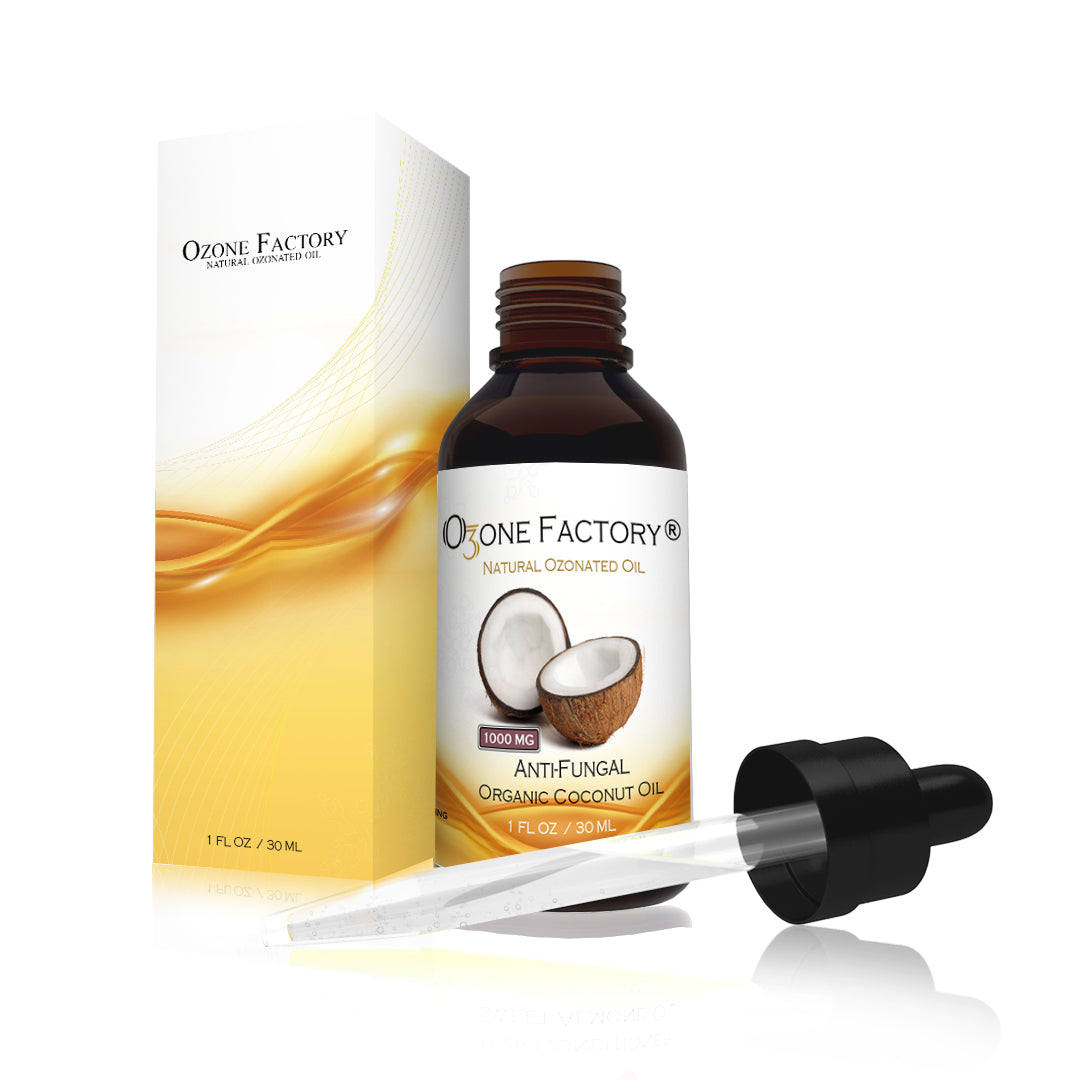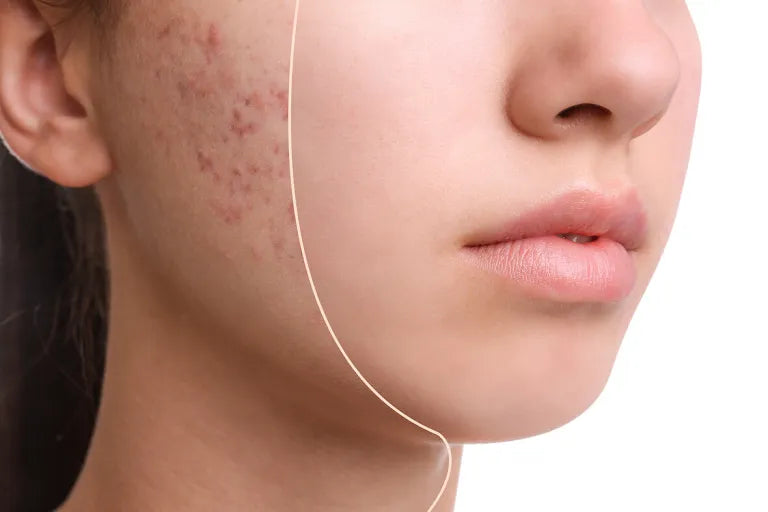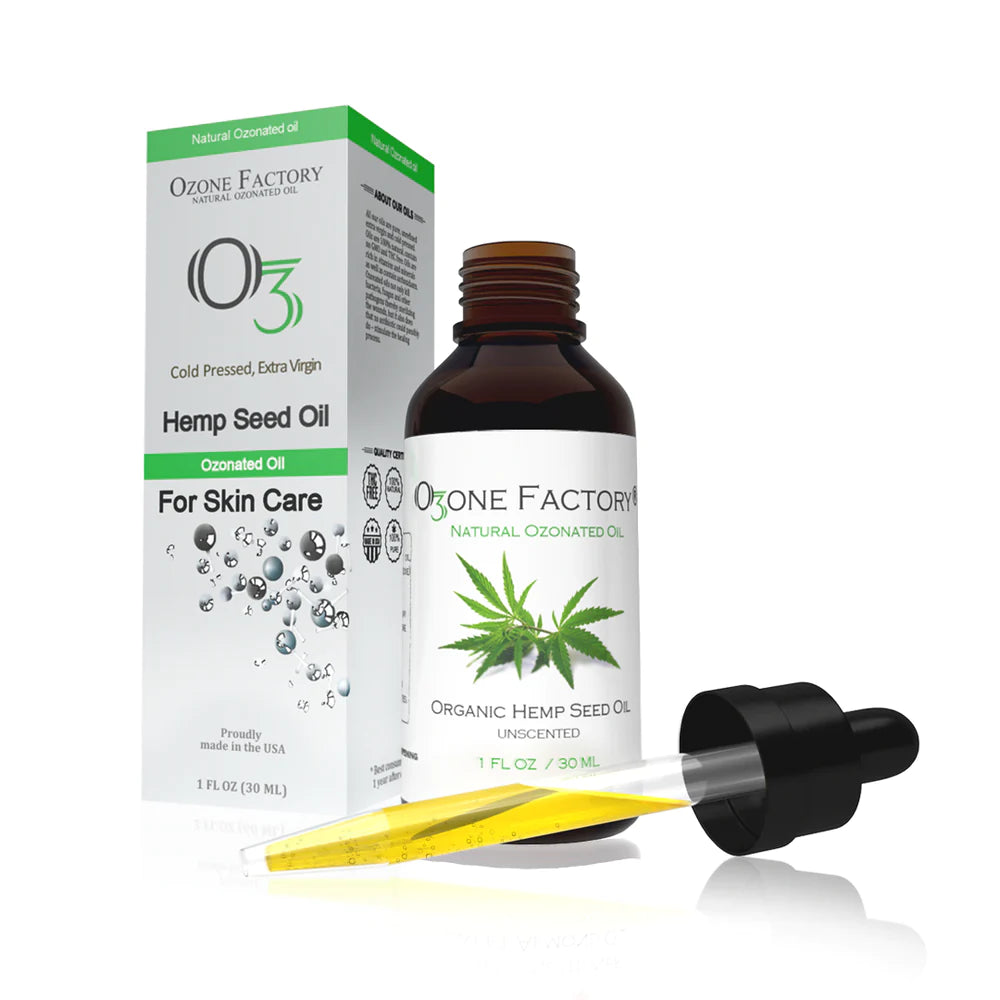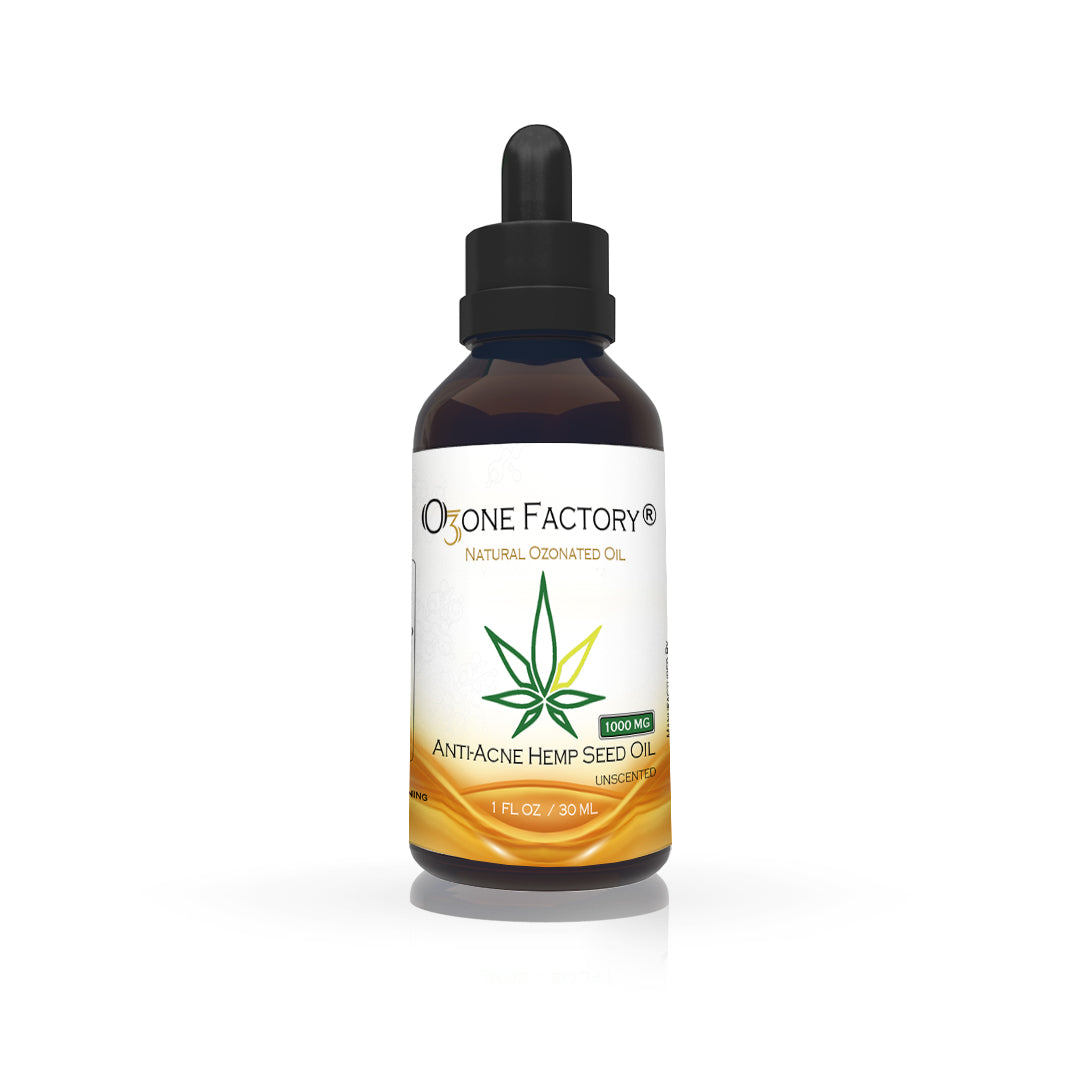
SAFFLOWER OZONATED OIL BENEFITS
The main chemical constituents of Safflower Oil are Oleic, Linoleic, Palmitic, Stearic, Linolenic, and Palmitoleic acids.
OLEIC ACIDS (OMEGA-9) are known to:
- Maintain the softness, suppleness, and radiance of skin and hair
- Stimulate the growth of thicker, longer, and stronger hair
- Reduce the appearance of aging, such as premature wrinkles and fine lines
- Eliminate dandruff and support hair growth
- Boost immunity
- Exhibit antioxidant properties
- Prevent joint inflammation, stiffness, and pain
LINOLEIC ACIDS (OMEGA-6) are known to:
- Moisturize hair and promote its growth
- Facilitate wound healing
- Be an effective emulsifier in the formulation of soaps and quick-drying oils
- Exhibit anti-inflammatory properties
- Soothe acne and reduce chances of future outbreaks
- Promote moisture retention in skin and hair
- Make oils feel thinner in consistency when used in an oil blend, thus being beneficial for use on acne-prone skin
- Help slow the look of aging by sustaining skin elasticity and softness
PALMITIC ACID is known to:
- Have emollient properties
- Soften hair without leaving a greasy or sticky residue
- Be the most common saturated fatty acid
STEARIC ACID is known to:
- Have cleansing properties that eliminate dirt, sweat, and excess sebum from hair and skin
- Be an ideal emulsifying agent that binds water and oil
- Help products remain potent when stored for long periods of time
- Condition and protect hair from damage without diminishing luster or making it feel heavy
- Have exceptional cleansing properties
- Soften skin
ALPHA-LINOLENIC ACID (OMEGA-3) is known to:
- Lessen inflammation
- Control blood clotting on the skin
- Soothe joint pain and ease stiffness to improve flexibility
PALMITOLEIC ACID is known to:
- Delay the appearance of premature aging
- Moisturize and tighten the skin
- Promote the growth of shiny hair
- Enhance the brightness of the complexion
- Boost the growth of healthy-looking nails
- Enhance skin elasticity to prevent symptoms of premature aging, such as wrinkles

Used topically, Safflower Ozonated Oil is known to have a light consistency and non-greasy texture that is ideal for hydrating dry or acne-prone skin while soothing irritation, rashes, and inflammation. It is known to facilitate the decongestion of pores while promoting cell regeneration to diminish the appearance of scars and signs of aging, such as wrinkles, for a smooth, youthful, and radiant appearance. With regular application, Safflower Ozonated Oil is reputed to enhance skin’s texture, tone, overall appearance, and quality. By working to effectively eliminate whiteheads, blackheads, and ultimately acne, Safflower Ozonated Oil reduces signs of blemishes while preventing future breakouts.

Safflower Ozonated Oil is reputed to have many therapeutic properties. The following highlights its many benefits and the kinds of activity it is believed to show:
- COSMETIC: Anti-Inflammatory, Antioxidant, Skin-Enhancing, Stimulant, Regenerative, Strengthening, Circulatory, Cleansing, Balancing, Toning, Brightening, Scar-Lightening, Clarifying, Collagen-Enhancing.
- MEDICINAL: Anti-Inflammatory, Antioxidant, Immune-Boosting, Anti-Spasmodic, Stimulant, Regulating, Regenerative, Strengthening, Circulatory, Analgesic, Anti-Coagulant.
SAFFLOWER OZONATED OIL USES
Used in cosmetic and topical applications, Safflower Ozonated Oil can lock in moisture to hydrate and calm the skin, thus promoting radiance. To contribute suppleness to areas that are dry, rough, and unevenly toned, massage 2-3 drops of Safflower Ozonated Oil into a freshly cleansed face once in the morning and once in the evening. This does not need to be rinsed off.
For a light, conditioning body oil that is ideal for oily skin types, dilute 5 drops Bergamot Essential Oil, 5 drops Chamomile Essential Oil, and 5 drops Geranium Essential Oil in 60 ml (2 oz.) Safflower Ozonated Oil. This can be massaged into preferred areas of skin.
For a facial oil that is ideal for acne-prone skin types, first, combine 1 Tbsp. of Safflower Ozonated Oil with 2-4 drops of Tea Tree Essential Oil. Either Lavender Essential Oil or Lemon Essential Oil can be substituted. Next, wash the face with warm water before gently massaging the oil blend into the face in a circular motion, avoiding the sensitive eye area. Finally, using a damp face cloth wipe off all the oil. This regimen is reputed to cleanse the skin and regulate its oil production. Applied to areas of skin that are puffy or tender, Safflower Ozonated Oil is known to decrease inflammation, distension, and soreness.







